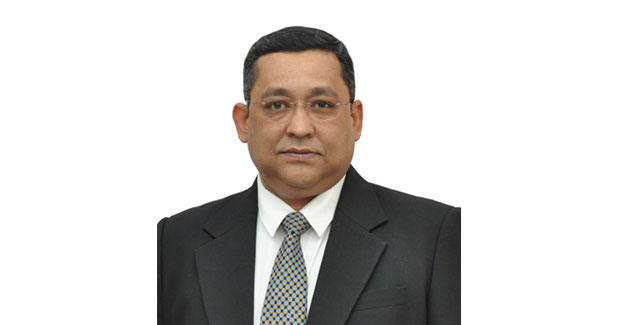
The current Union Budget will spur rural demand and infrastructure growth
What is the current market size of intermodal logistics, distribution nodal hubs and warehousing in India?
The warehouse market in India is growing faster than the GDP. It will continue to grow at a CAGR of 12-13 per cent in the coming years and is largely dominated by unorganised sector (90 per cent). With the growth in economy, per capita consumption, policy change by government, and Make in India initiative, the intermodal logistics (e.g surface transport, air, sea) shall also grow significantly.
How do you visualise the market growth in this segment during FY 2016-2020? What is the impact of Budget 2016-17 on this industry?
The growth prognosis is CAGR 14-15 per cent during FY2016-2020. The recent Budget will spur rural demand and infrastructure growth. Agri warehousing, cold chain, liquid and container storage will gain further momentum.
Could you elaborate on the range of customer requirements for the MHE solutions? Your comments on advantage: your products please.
Customers are looking for industrial trucks, warehouse equipment, racking and logistic systems. Today, we are offering 600 truck variants. Our range of products offers manual, semi-automatic, fully automatic machines for various requirements. The customer benefits are operational reliability, high efficiency, safety and high service life.
Does the range of equipment and solutions provided by your company address the customer requirements in a holistic way?
Yes, today we are offering a comprehensive range of machines and in future we may offer a complete logistic system from a single source including planning and project management, system integration, machinery health management etc. We will offer more superior value to our customers than today.
Who are your channel partners for related logistics management software and how do you integrate the same with your equipment solution?
Globally we have our own warehouse management systems (Jungheinrich WMS) and we do implementation, system integration, maintenance and service. In India, we have not yet started offering logistic solution but it is planned for future.
For efficient operationalisation of your solutions, what are the requirements to be met by your customers?
End-to-end logistic solutions are aimed at improving operational efficiencies, productivity and throughput. Large capacity warehouse along with skilled manpower, higher level of palletisation, good physical and IT infrastructure and process orientations to name a few are required for successful implementations of logistic solutions.
What are the risks in this business and how they are mitigated?
Relatively low market size for MHEs in India as compared with other developed economies in Asia. For example, the MHE market in India is approx. 10,000x whereas the market size for China is approx. 300,000x.
Only 10 per cent of the warehouses are per Warehouse Development Authorities (WDA).
Change in the technology: Diesel forklift markets are declining and battery-operated forklift markets are growing. Investments decisions are difficult.
What are the challenges faced by the MHE industry? Could you indicate how these challenges can be suitably overcome? Can the city, state or central administration be of help?
The key challenges are strong local and global competition, large unorganised players in the warehousing, liquidity crunch, low growth in the manufacturing industry, and policy logjam (eg GST).
We are working on product optimisation to improve competitiveness and shall bring in new products and solution to stay ahead in the competition.We will continue to expand our sales and service network to stay closer to our customers.


 +91-22-24193000
+91-22-24193000 Subscriber@ASAPPinfoGlobal.com
Subscriber@ASAPPinfoGlobal.com